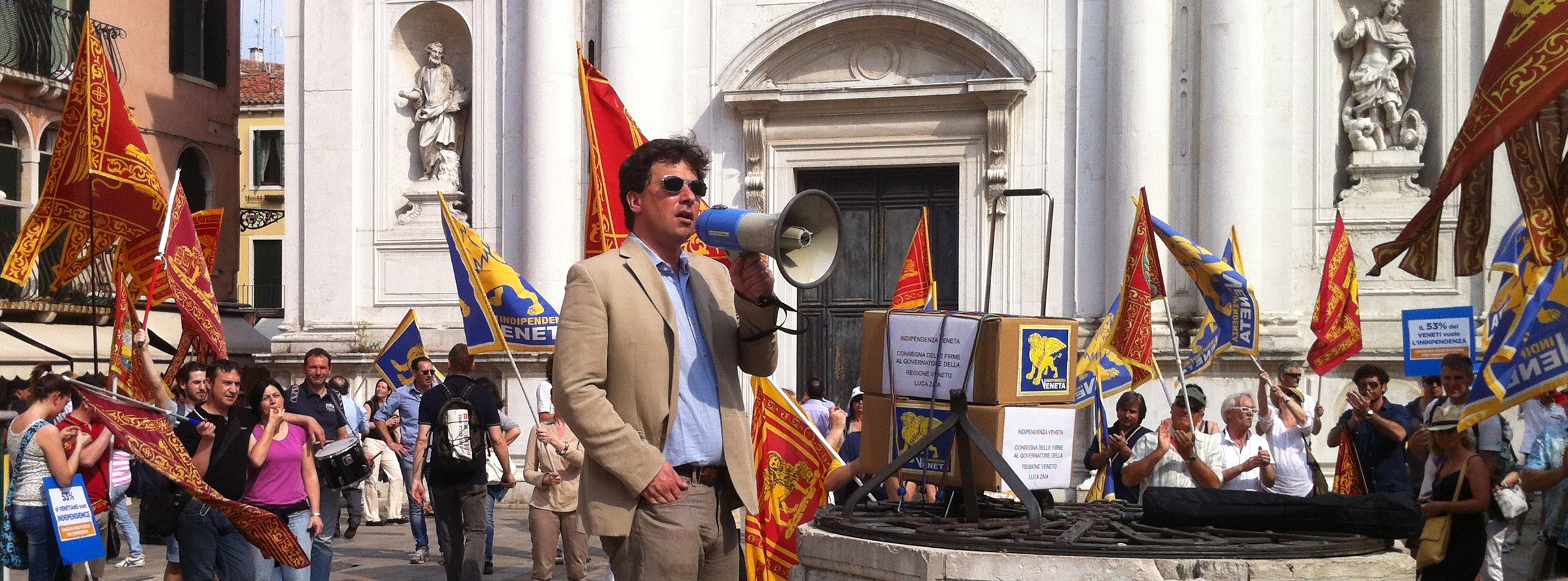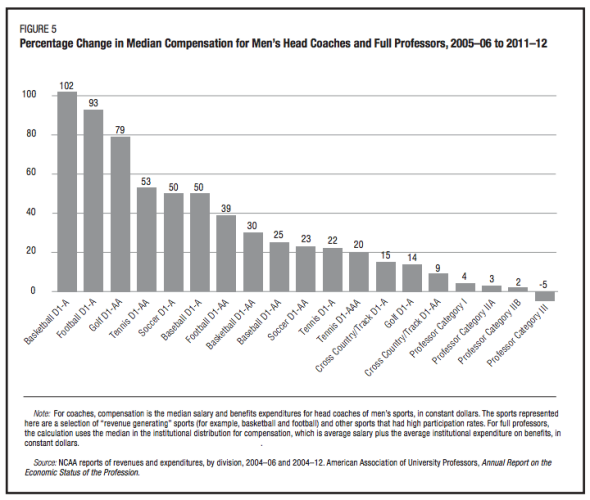There’s a lot of debate over how to say the word “aluminum” or is it “aluminium.” I personally believe in the former pronunciation but the latter spelling. But this debate has little consequence. The question that should be asked is: Aluminium is the third most abundant element, why are we wasting petroleum, a non-renewable resource on plastic bottles? There a many much more important industrial and medical uses for plastics that cannot be substituted.
Here’s a brief introduction on the benefits of Aluminum:
– It has remarkably low density that makes it very light relative to its strength. Ever wonder why Airplanes are made out of aluminum?
– Living organisms do not metabolize aluminum. It’s everywhere and exposure to it doesn’t affect your health at all – meanwhile if you leave a plastic water bottle in the sun you’re giving yourself a little dose of carcinogens!
– Re-iterating how healthy it is – Aluminum has an LD50 of 6207 mg/kg which means that to run a 50% risk of dying an adult human would have to eat slightly over one pound of the stuff.
– Aluminum is way more recyclable than plastic. Actually it’s nearly infinitely recyclable because it’s so easy to separate chemically from other compounds.
– Aluminum prices have declined over the last 25 years… clearly it’s not being used enough
Aluminum isn’t perfect, nothing ever is. It also would stand to reason that there’s no one-stop solution to sustainability. The problem is over-reliance on one resource. The US Economy is addicted to Oil and Corn, for example.
The thing is consumption of plastic, especially plastic bottles is a really understated problem. Plastic, which is a petroleum product – is causing serious environmental harm, raising toxicity levels in the environment and killing or disfiguring animals, especially birds and marine life. Let’s not even discuss the Pacific Garabage Patch sitting in the Pacific gyre. Even the recent Malaysian Airlines flight disappearance has brought to light how much plastic debris is just floating everywhere in the ocean.
A serious downside of Aluminum is that making it is a fairly high-energy process from Bauxite ore. Critics of Aluminum point to this as being a key reason why plastic is better, especially plastic wrap versus aluminum foil. Except as Slate’s Nina Rastogi points out:
“if you use one piece of foil three times, it will contribute less aquatic toxicity than using three pieces of LDPE [plastic cling wrap], and it just about matches the plastic on fossil-fuel usage and eutrophication. You’d have to use that foil six times, however, before the greenhouse gas emissions and human health impacts were comparable as well.”
Eutrophication is the response aquatic ecosystems have to aritifical materials, especially plastics, being introduced, which is characterized by prolific toxic algae blooms.
Even when it comes to re-usable bottles, steel or aluminum are better options than plastic. Toxins from plastic will always leech into water while the worst that happens with metal is a slight metallic taste but no physiological harm.
When it comes to the disposable bottle versus the can the can is also clearly the better option. According to the EPA the US overall plastics recycling rate is 9 percent, or 2.8 million tons in 2012.[1] This means that some 28.3 million tons of recyclable plastics is put into landfills each year. By comparison to all waste this is a disaster considering that in 2009 Americans recovered 34% of waste generated.[2] By comparison when looking at Aluminum cans: “The U.S. recycling rate for aluminum beverage cans reached 58.1% in 2010- a rate that is more than double that of any other beverage container.”[3]
Because Aluminum is so recyclable it quickly offsets the initial energy cost of making it from virgin ore. Aluminum cans in circulation typically contain 68% recycled aluminum and “twenty recycled cans can be made with the energy needed to produce one can using virgin ore.”[4]
The “Story of Bottled Water” really reveals the problem with plastic water bottles:
Several points are made in the video:
– We shouldn’t be buying bottled water anyway because tap water is prefectly safe in most places.
– Tap water typically tastes better than bottled water.
– Bottled water costs thousands of times more than tap water.
– The consumption of bottled water relies on an economic principle called manufactured demand. Manufactured demand play on people’s emotions, specifically fear, to create an artificial need for something. A deceptive yet clearly commonplace and accepted practice.
– The plastic water bottle industry has resulted in the US Government under-investing in tap water infrastructure by $24 billion dollars.
– The billions of dollars spent on bottled drinking water and cleaning up the mess it causes could be used to address the actual challenge of communities with poor access to water. It could also be spent on making tap water the best water to drink!
So this seems fairly daunting. The evil capitalist machine is going to destroy humanity? No, because we are all individuals living in a society and with free will you can easily do things to change the current predicament:
1) Boycott bottled drinking water
2) Reuse the plastic bottles you do buy
3) Support your local politicians who want to invest in public water infrastructure including treatment, purification and public drinking fountains.
4) Ask for tap at a restaurant!
5) Spread the word that Bottled Water is a colossal waste. With social media it’s very easy because you can share an article or a funny comedy sketch.
Students at universities often demonstrate how institutional change can be affected. As a member of USC’s collegiate sailing team I served on the Pacific Coast Collegiate Sailing Conference’s (PCCSC) Executive Board. During my tenure I witnessed the then 24 teams of the PCCSC ban plastic water bottles at regattas. I have done a little bit of math to demonstrate how much a big deal this is.
Let us assume that a team buys two racks of 30 water bottles for a two-day regatta. I would also hazard that the typical PCCSC regatta conservatively has 20 teams attending and the average team sails 10 regattas over the course of an academic year:
2*30*20*10=24’000 plastic water battles
That’s the amount of plastic water bottles reduced just by banning them for college sailing in California, Arizona, and Hawai’i. Make a difference, don’t use plastic water bottles at events your club or organization participates in or hosts.
Imagine now that plastic bottles were banned or made obsolete at a university of tens of thousands of students. Seems unlikely? Think again. Many students have pushed to remove plastic water bottles from their campuses. Most recently students at University of Wisconsin – Fond du Lac began a fundraising effort, not to ban plastic bottles but to encourage re-using plastic water bottles.
They hope to purchase water fountains for the university that are designed to fill water bottles. In other words with a tap style spout rather than your typical up-facing waterspout. By making sustainability easier they are reducing the effort required and making a behavioral appeal for good.





